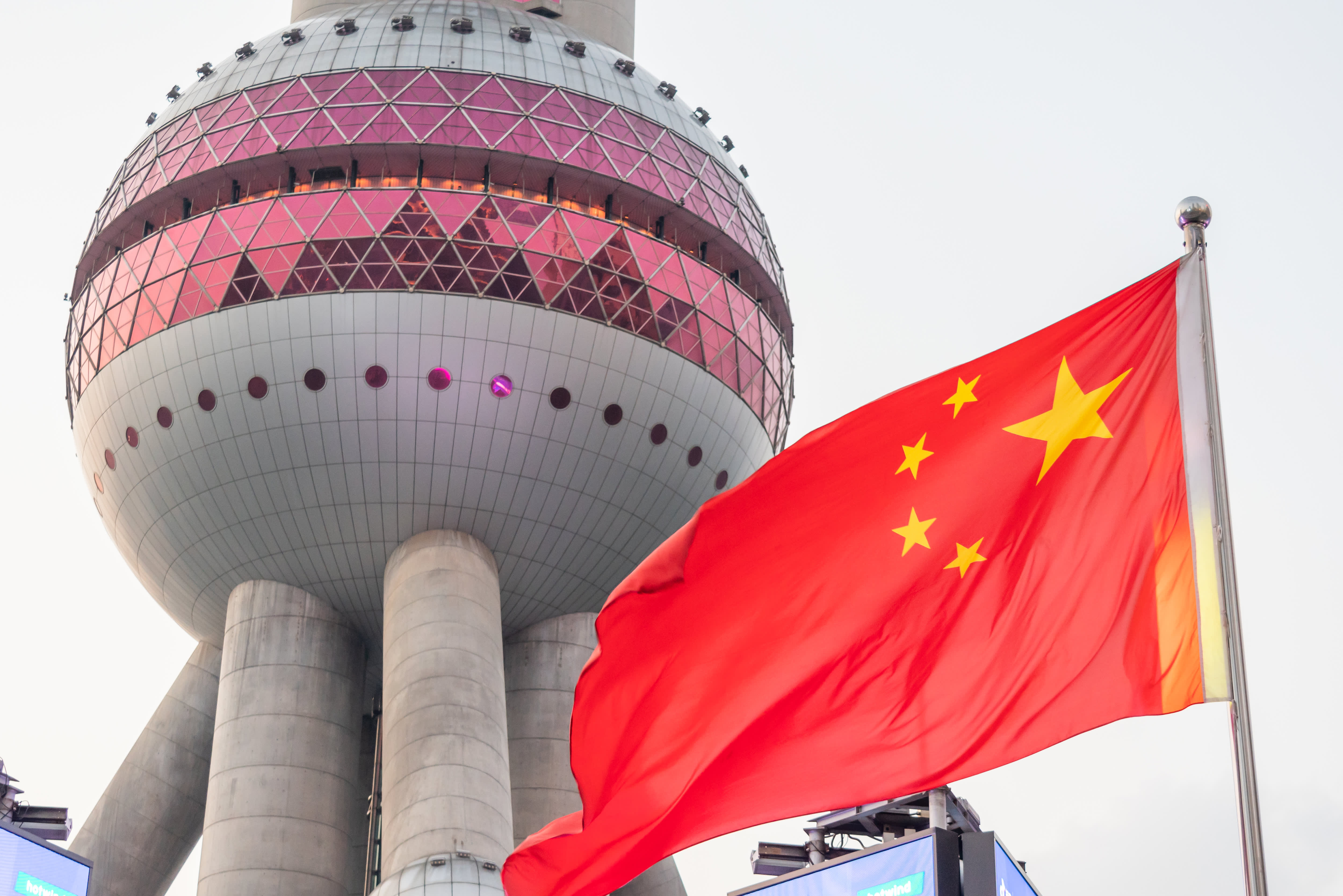
China was one of the few economies globally that grew in 2020 despite the challenges posed by the Covid-19 pandemic. Official data showed the Chinese economy expanding by 2.3% last year, and the International Monetary Fund has forecast an 8.1% growth for China this year.
Meanwhile, the U.S. economy contracted by 3.5% in 2020, latest government estimates showed. The IMF said the U.S. economy could grow by 5.1% this year.
Concerns about China’s growth
In a report published earlier this month, Qiao addressed the common concerns that would hinder China from its 2035 economic goals. She listed three reasons that skeptics often cite:
- China’s aging population will hurt its potential growth.
- China’s high debt-to-GDP ratio will threaten economic stability.
- The country’s investment-led growth model is not sustainable and cannot drive growth over the longer term.
Those concerns will slow — but not derail — China’s overall growth trajectory, according to the report.
That’s especially so because the government has some policies in place to address the challenges, the report said. Measures include those focused on stabilizing debt and initiatives to push for further urbanization and opening of the services sector.
Still, China’s journey to its 2035 goal is not risk-free, Qiao told CNBC. She said that even if China delivers on the reforms as promised, there are many factors that the country cannot control.
The economist cited further tensions between Washington and Beijing as a possible threat to China’s economic growth.
“Will that relationship remain sweet and … peaceful? We’re not so sure,” she said.
U.S.-China tensions escalated during former President Donald Trump’s term and became one of the largest threats to the global economy before the Covid-19 pandemic.




